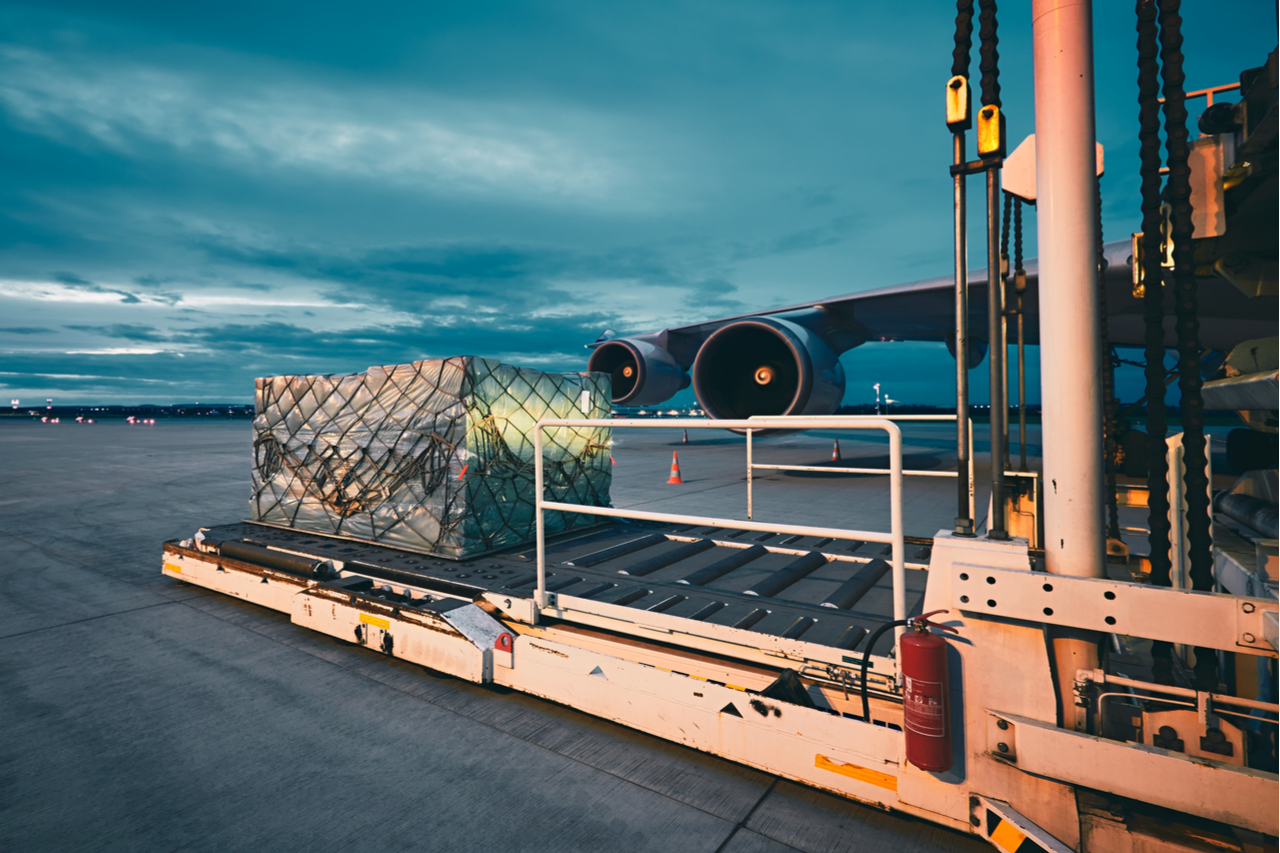Global demand for air freight has skyrocketed this year, but companies will need to continually monitor the marketplace in order to make the most of emerging opportunities.
The air freight market continues to grow, with the latest available data from the IATA revealing a rise in global freight tonne kilometers (FTK) of 5.9% year-over-year in October. While this represents a decline from the 2017 high of 13.4% back in March, the IATA predicts that this trend of solid growth will continue for the remainder of Q4, and into 2018.
IATA Director General and CEO Alexandre de Juniac says the accelerated growth in demand has been “bolstered by strong export orders and outpaced capacity growth, which should be positive for yields.” The IATA expects that an uptick in European investment, combined with the continued upward trend in international e-commerce, will “help underpin freight demand in the near term.” Although unlikely to repeat the particularly strong growth performance of this year, a 2018 growth rate broadly in line with, or a little above, the five-year average would still be a robust outcome
Despite the positive outlook, de Juniac also warned that “the industry can’t afford to rest on its laurels.” Noting “that the cyclical growth period may have peaked” and encouraging members of the shipping and logistics community to proactively monitor the market, he said that “the onus is on the industry to improve its value proposition by accelerating process modernization and enhancing customer-centricity.”
Entering a Digital World
The recent rise in air freight might be stimulated in part by the continued ascent of e-commerce, according to John Manners-Bell, the CEO of British think tank Transport Intelligence. “Interestingly,” he added, “it appears to not have stimulated large increases in express air cargo.” He later indicated that the seeming contradiction arises “because most e-commerce finds the regular speed of air cargo sufficient, and e-commerce is not just a matter of flying small individual parcels across the world.”
A Connection to Asia
The growth in air freight can also be attributed to an overall rise in consumer demand, especially from Asia. Findings published by the Association of Asia Pacific Airlines (AAPA) support this claim, indicating that international trade rapidly expanded as economic conditions improved across Asia.
“The broad-based expansion in global economic activity, coupled with renewed demand on selected routes, particularly between Europe and Asia, has contributed to growth in long-haul markets in recent months,” AAPA Director General Andrew Herdman said.
Stagnating Rates
Despite the rise in airborne cargo, profit margins remain narrow for many intermediaries in the shipping process. “Most of our members are looking forward to opportunities in which profitability may improve,” said Brandon Fried, executive director of the AirForwarders Association (AfA).”
In fact, Fried identified the expansion of capacity as a contributor to lower profits. He added that
“this increase in space is attributable to the large amount of new and efficient wide-body aircraft, each with generous belly space flying the popular trade lanes.” He also suggested that current pricing agreements may not align with the current market for air freight, further limiting profitability.
Fried stressed, however, that digitization could transform the landscape. “New transport pricing agreements alone will not assure increased profitability, and this is why forwarders must be searching for more operational efficiencies that only technology can provide. People still play a crucial role in our business, but technology will help them work smarter.”
Indeed, burgeoning shipping and logistics technologies could enable companies to make their shipping strategies more efficient than ever. “By embracing master consolidators and the third-party consolidation market, airlines have outsourced their risk, but they’ve also outsourced their margins,” said Ryan Petersen, the Founder, and CEO of Flexport. “The advent of real-time dynamic pricing for airfreight sold through digital marketplaces will allow airlines to aggregate cargo at the plane-level instead of the pallet-level.”
Shipping by Infrastructure
Many industry analysts agree that an already strong air freight infrastructure will have an even more significant influence on air freight in the coming years. It could be particularly affected by Amazon’s continued investment in its shipping facilities, particularly in its air freight hub at the Cincinnati/Northern Kentucky Airport, where it plans to base the forty specialized cargo planes it agreed to lease last year to better meet the needs of its Prime customers.
“Forwarders may regard Amazon’s air fleet acquisition as a market threat or opportunity,” Fried stated. “But rest assured, their flights have become an intriguing curiosity within the logistics industry.”
Fried cautioned that it’s still unclear how Amazon plans to meet longstanding air freight difficulties such as light dimensional loads and a reliance on expensive transportation for shipping commodities of comparatively limited value. “As an opportunity, perhaps forwarders can provide some relief to Amazon through partnering to fill space on some of those flights,” he said.
As global demand for air freight continues to spike, Primary Freight stands ready to help any company develop a cost-effective air freight strategy. With over two decades of experience in air freight and well-established relationships with major carriers around the world, we’re confident that we can develop a personalized solution to drive real value for your business.
If you’d like to learn more about what makes Primary Freight an ideal shipping and logistics partner, give us a call at (800) 635-0013 today!
